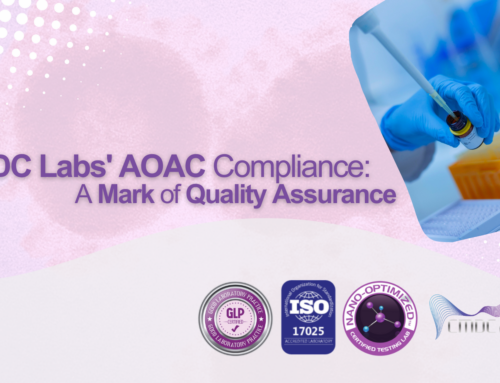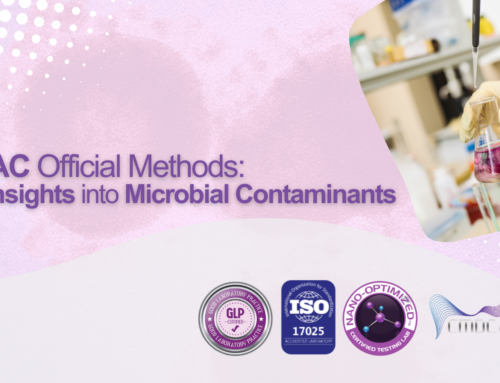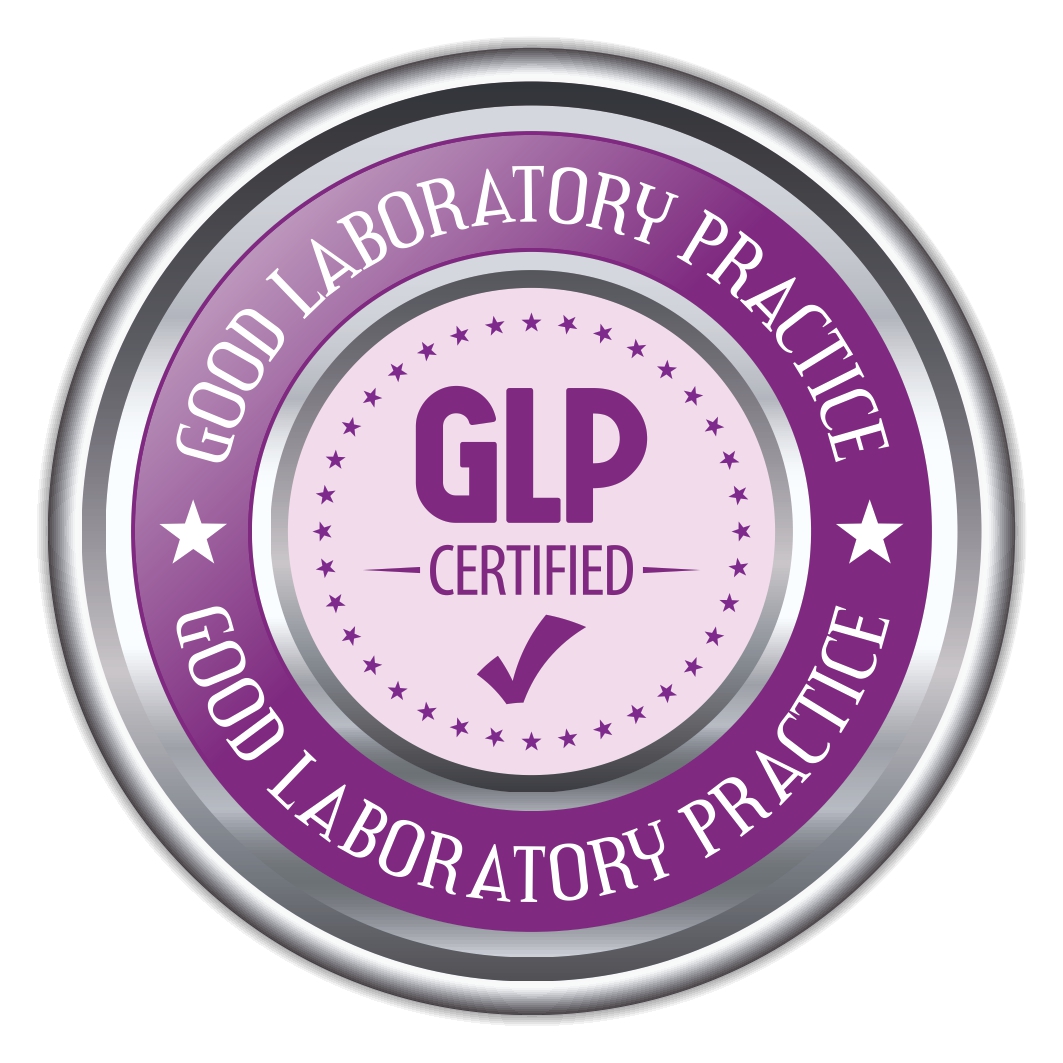Sterility testing is a critical process in pharmaceutical manufacturing, ensuring that products are free from viable microorganisms. As per the United States Pharmacopeia (USP) guidelines, specifically USP<71>, sterility testing is a regulatory requirement for most sterile pharmaceutical products. Mastering USP<71> is essential for pharmaceutical companies to maintain product safety, efficacy, and regulatory compliance. In this article, we delve into the key aspects of USP<71> and provide insights into achieving sterility testing excellence.
Understanding USP<71>: USP<71> outlines the procedures for conducting sterility tests on pharmaceutical products. It defines sterility as the absence of viable microorganisms and provides guidelines for sample preparation, test methods, acceptance criteria, and interpretation of results. Adhering to USP<71> ensures that pharmaceutical products meet stringent quality standards and regulatory requirements.
Key Components of USP<71>:
- Sample Collection and Preparation:
- Proper sample collection is crucial to obtaining accurate test results. Samples should represent the entire batch and be collected aseptically to prevent contamination.
- Sample preparation involves dissolving or dispersing the product in a suitable medium that supports microbial growth while maintaining product integrity.
- Test Methods:
- USP<71> recommends two primary test methods for sterility testing: membrane filtration and direct inoculation.
- Membrane filtration involves passing the sample through a membrane filter to capture any microorganisms present, followed by incubation and microbial enumeration.
- Direct inoculation entails inoculating the sample directly into culture media and incubating it under appropriate conditions to detect microbial growth.
- Incubation and Monitoring:
- After sample inoculation, the test containers are incubated for a specified period under suitable conditions to promote microbial growth.
- Incubation temperatures, duration, and monitoring protocols must comply with USP<71> requirements to ensure accurate results.
- Interpretation of Results:
- Test containers are visually inspected for evidence of microbial growth following the incubation period.
- Positive growth indicates a failed test, while absence of growth within the specified incubation period confirms sterility.
Best Practices for Sterility Testing Excellence:
- Stringent Aseptic Techniques:
- Maintaining strict aseptic conditions throughout the testing process is paramount to prevent contamination.
- Use of sterile equipment, cleanroom facilities, and proper personnel training are essential for minimizing microbial ingress.
- Validation and Qualification:
- Validate sterility testing methods to demonstrate their effectiveness and reliability.
- Qualify equipment, media, and personnel involved in sterility testing to ensure consistency and accuracy of results.
- Environmental Monitoring:
- Implement robust environmental monitoring programs to assess microbial levels in manufacturing facilities and cleanrooms.
- Regular monitoring helps identify potential sources of contamination and implement corrective actions.
- Risk-Based Approach:
- Adopt a risk-based approach to sterility testing, focusing resources on critical processes and products.
- Prioritize testing based on product complexity, manufacturing environment, and regulatory requirements.
Conclusion: Mastering USP<71> is essential for pharmaceutical companies to ensure the safety, quality, and regulatory compliance of sterile products. By adhering to USP<71> guidelines and implementing best practices in sterility testing, companies can mitigate the risk of microbial contamination and maintain product integrity throughout the manufacturing process. Continuous improvement, validation, and adherence to stringent aseptic techniques are key to achieving sterility testing excellence and safeguarding public health.







